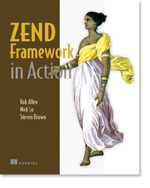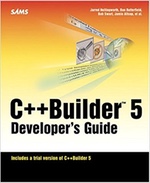Free ticket to The Online PHP Conference!
I'm very happy to be speaking at The Online PHP Conference this year. As you can guess from the title, this is an online event so is easily accessible right from your desk. thePHP.cc have very kindly made available a couple of tickets to me, so you could attend for free.


